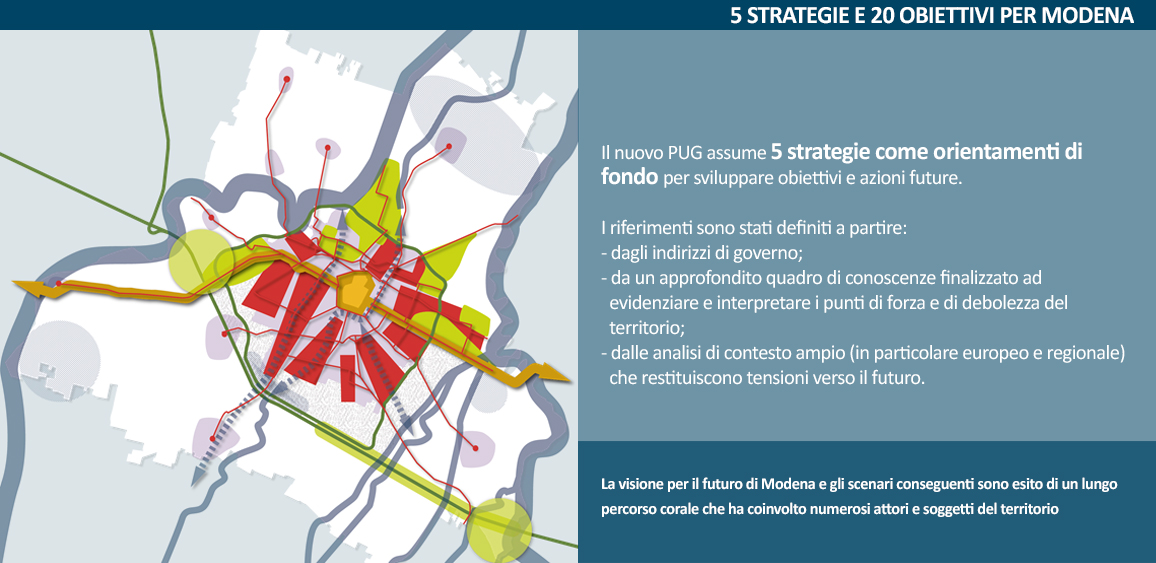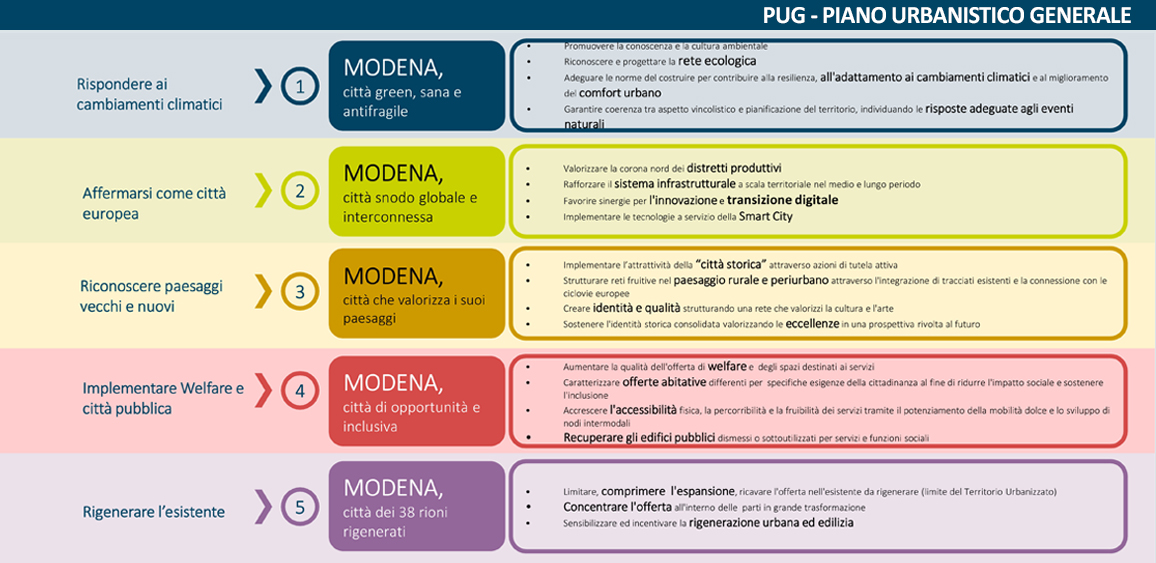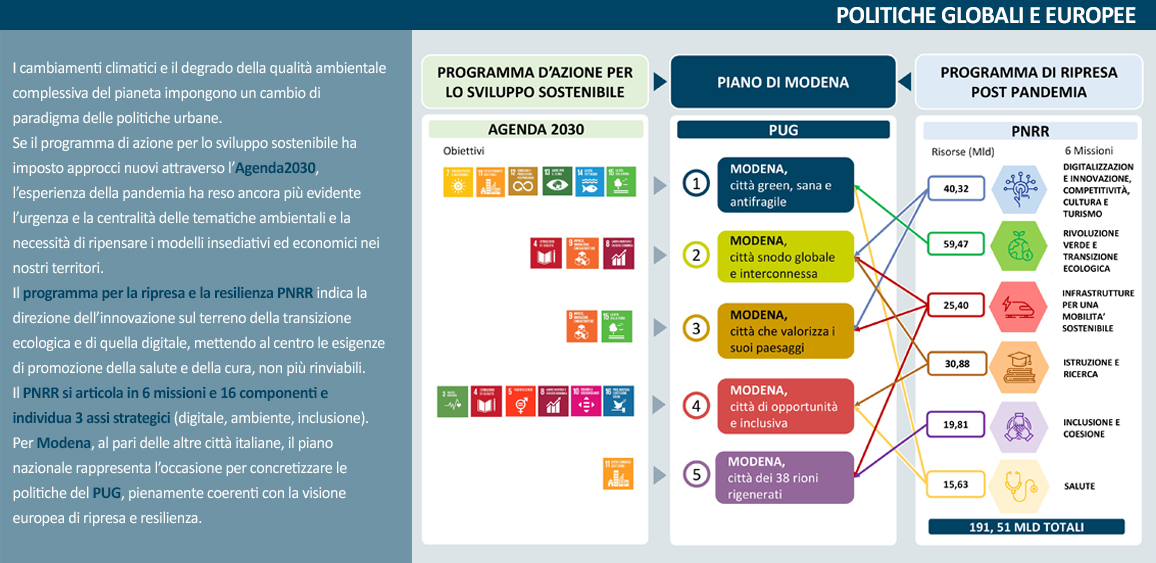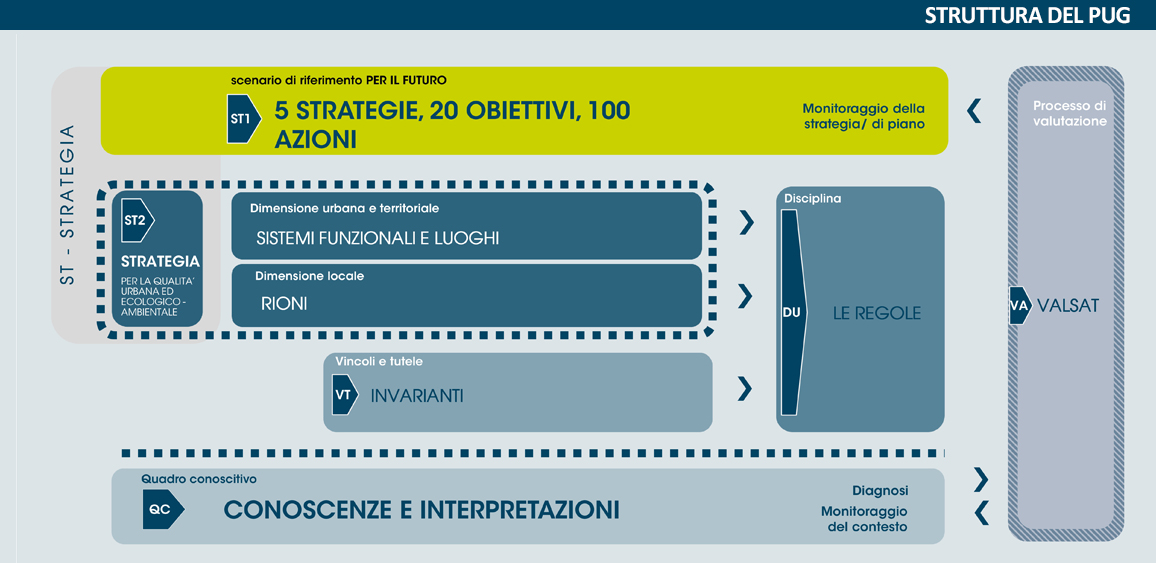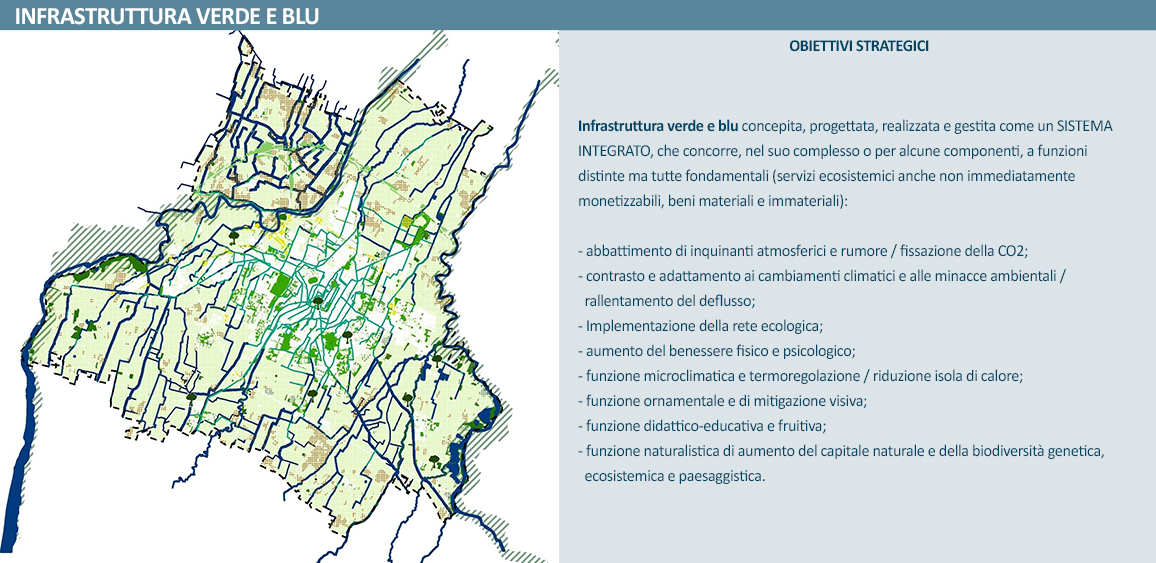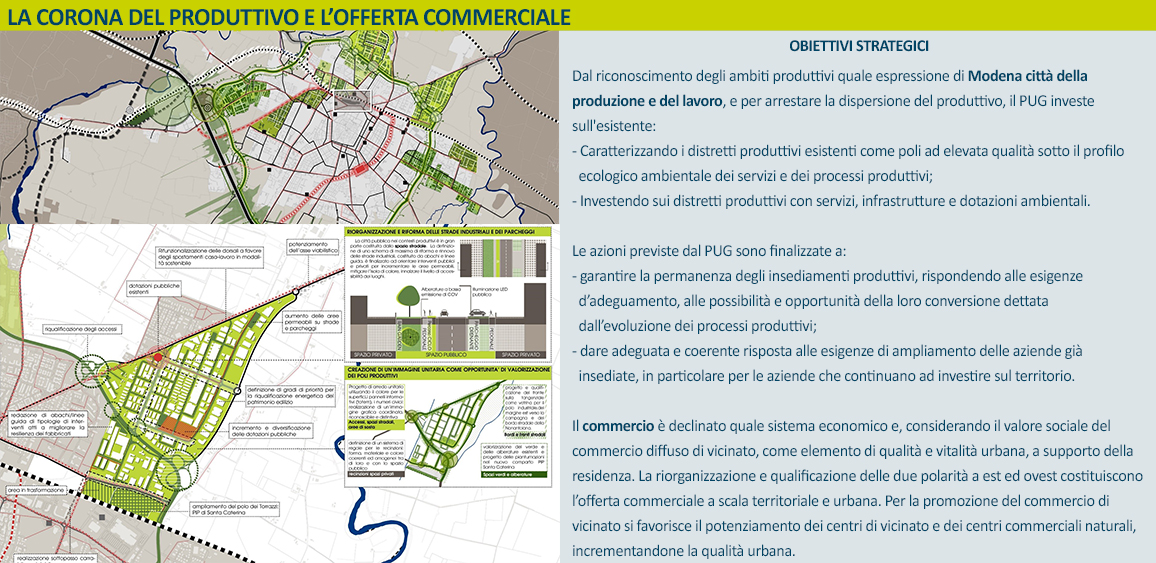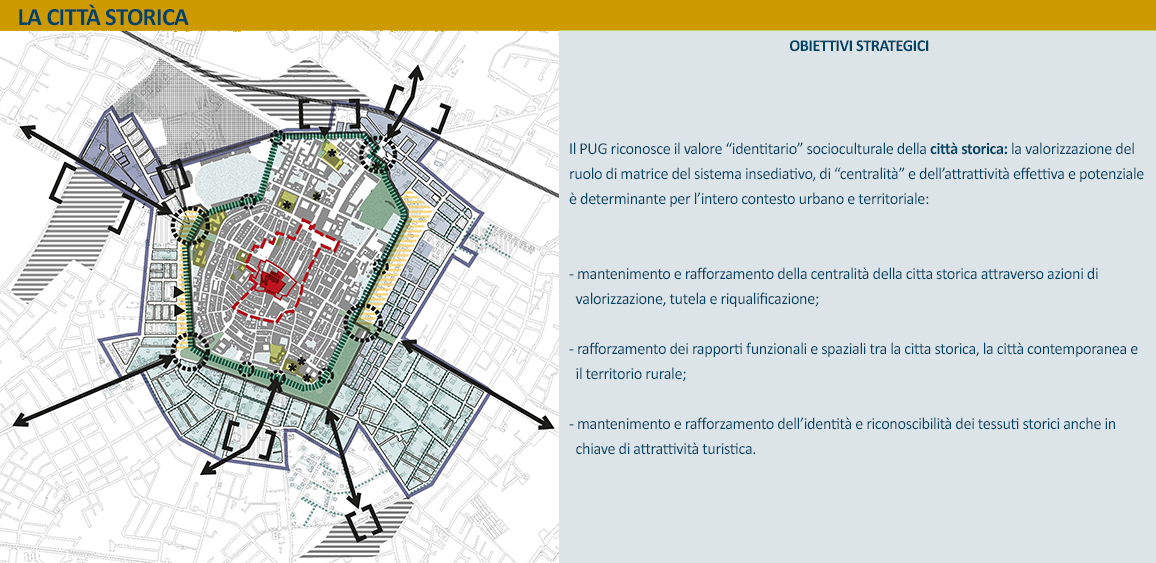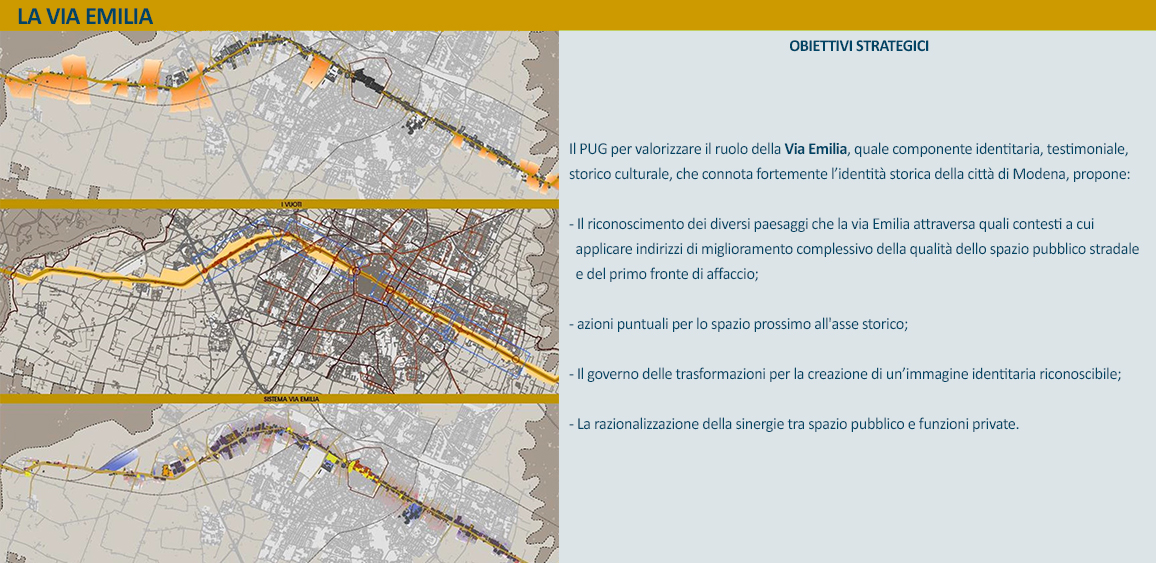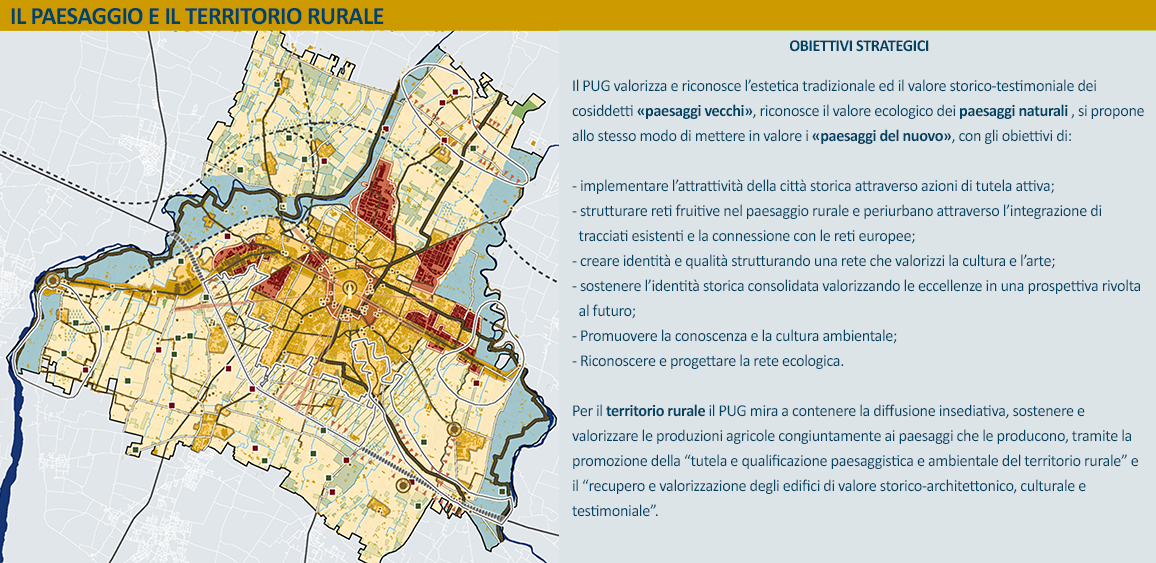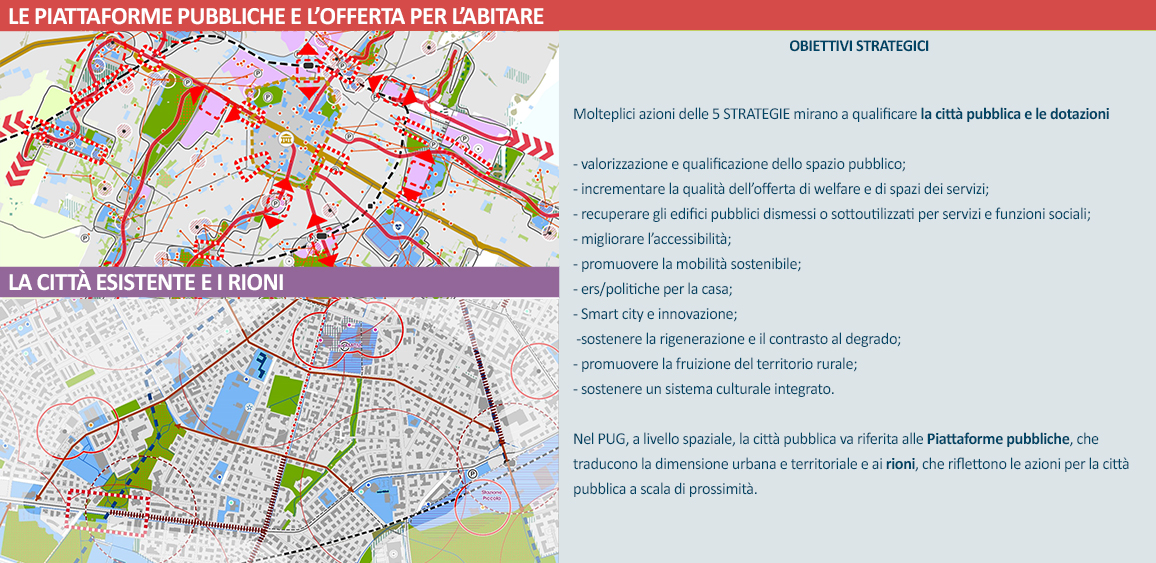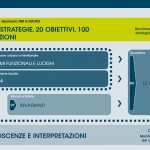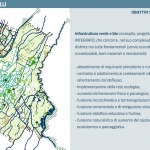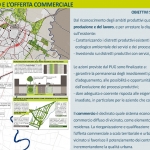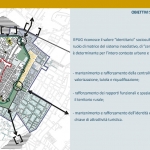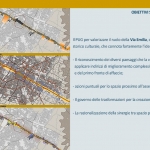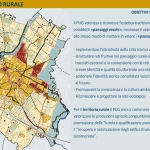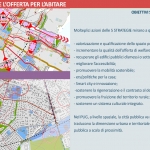The long analytical process that led to the construction of the knowledge framework of the territory for the WYP of Modena took place before the Covid-19 emergency radically changed the social, economic and urban balances, driving us towards “a new normality”. It is important to point out, however, that the main nodes that emerged during the cognitive framework, territorial and environmental fragility, the balance between the built city and the environment, social and welfare needs, and economic complexities have been confirmed and accentuated by the pandemic.
For Modena, and not only, the theme of territorial resilience is now more central than ever: ecological and digital transition, urban and environmental quality and local strategies to support the health and welfare of citizens, to address the critical issues of the area, represent the starting points for developing the vision and the new plan.
The choices, described with the 5 strategies in the PUG, come from a vision of a “compact, attractive, innovative” and “environmentally sustainable city”; and they affirm that for the future the answers can be found within the perimeter of the current city, mainly encouraging opportunities for densification and regeneration processes and emphasizing the contribution to the public city.
In this framework, the actions that the PUG introduces to achieve the vision of the city have been the subject of discussion and revision, analysis and comparison with agencies, associations, citizens and technicians, towards a final version that is as shared as possible, giving great importance to the possibility of intercepting the resources of the PNRR. For Modena, as for other Italian cities, the national plan represents the opportunity to materialize the policies of the PUG, fully consistent with the European vision of recovery and resilience, in which the project of the public city and of the endowments plays a central and qualifying role in response to the emergencies and fragilities of the territory.
Italiano
